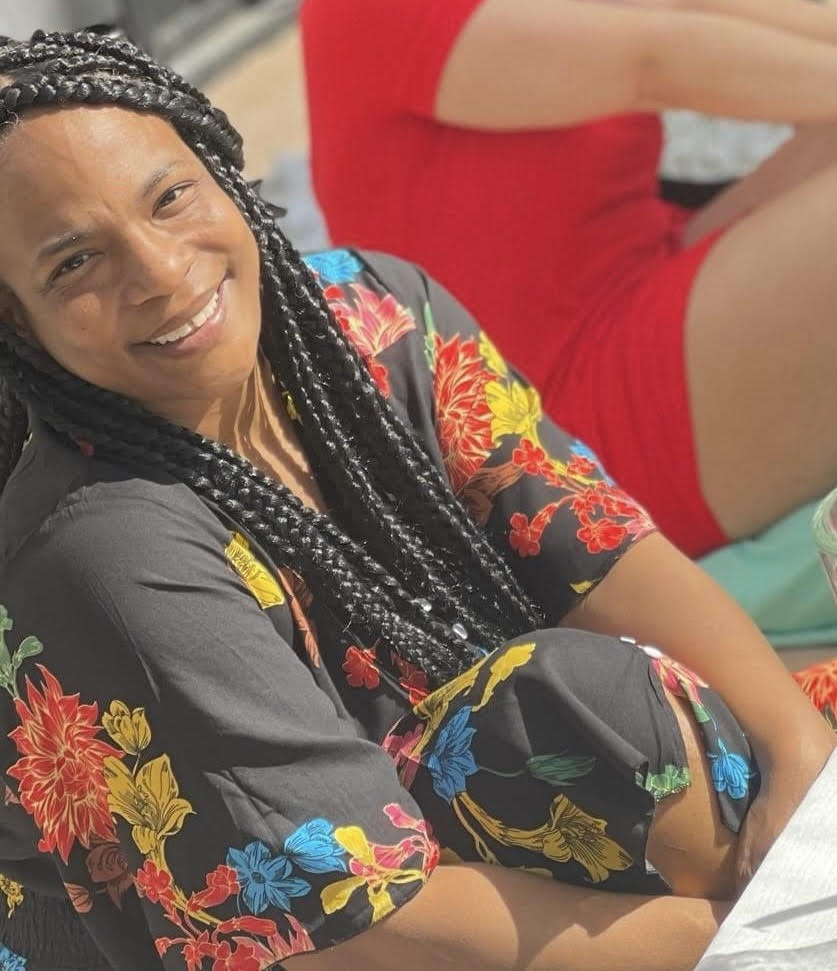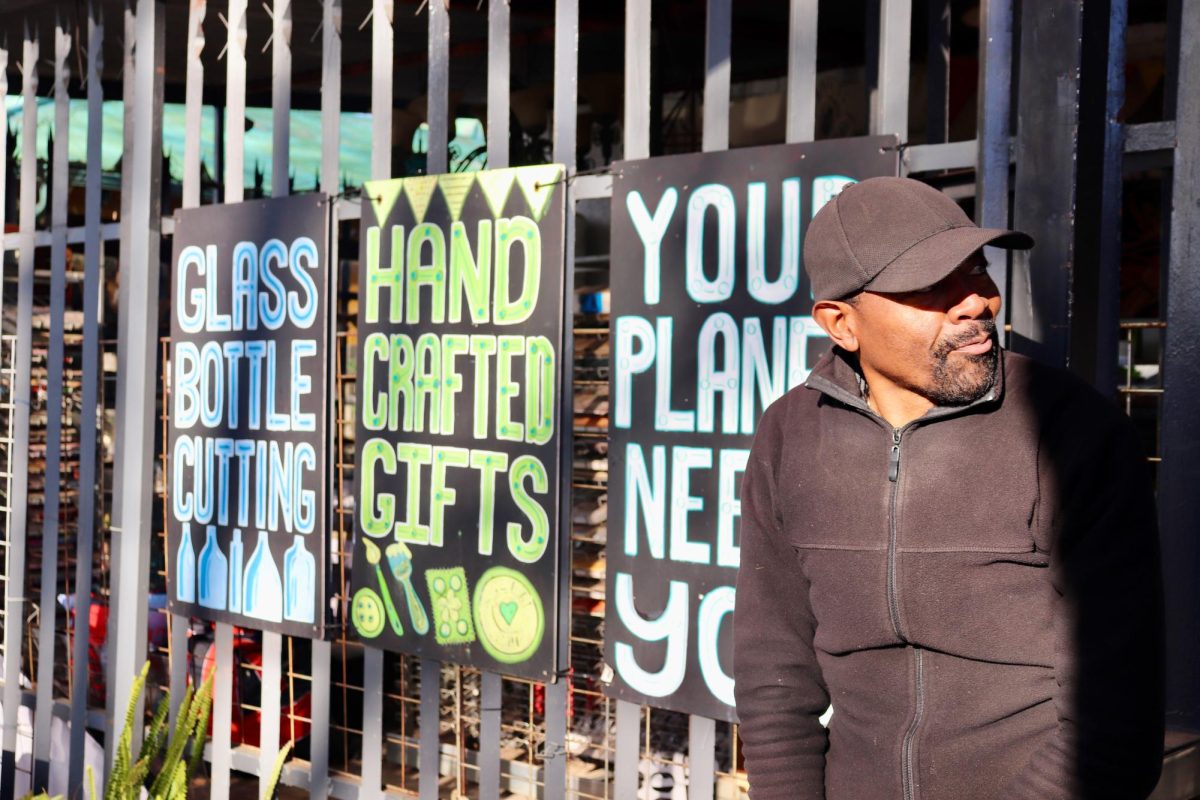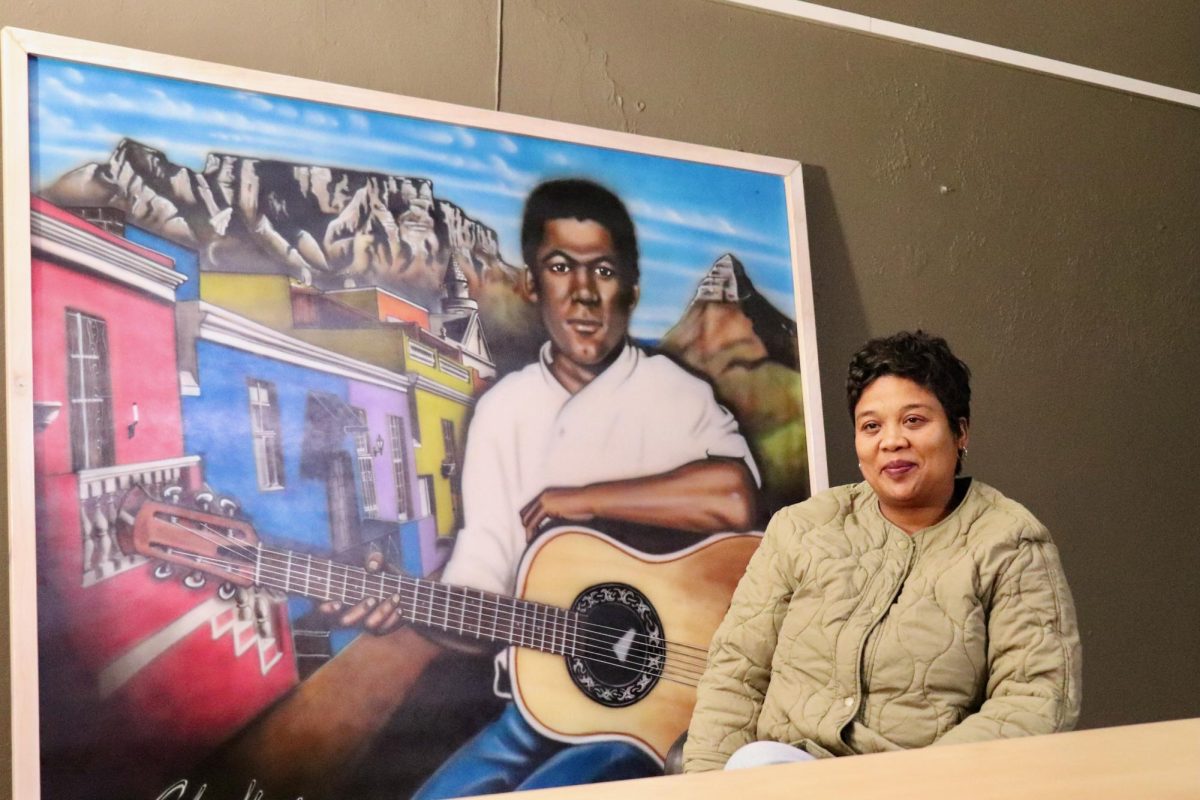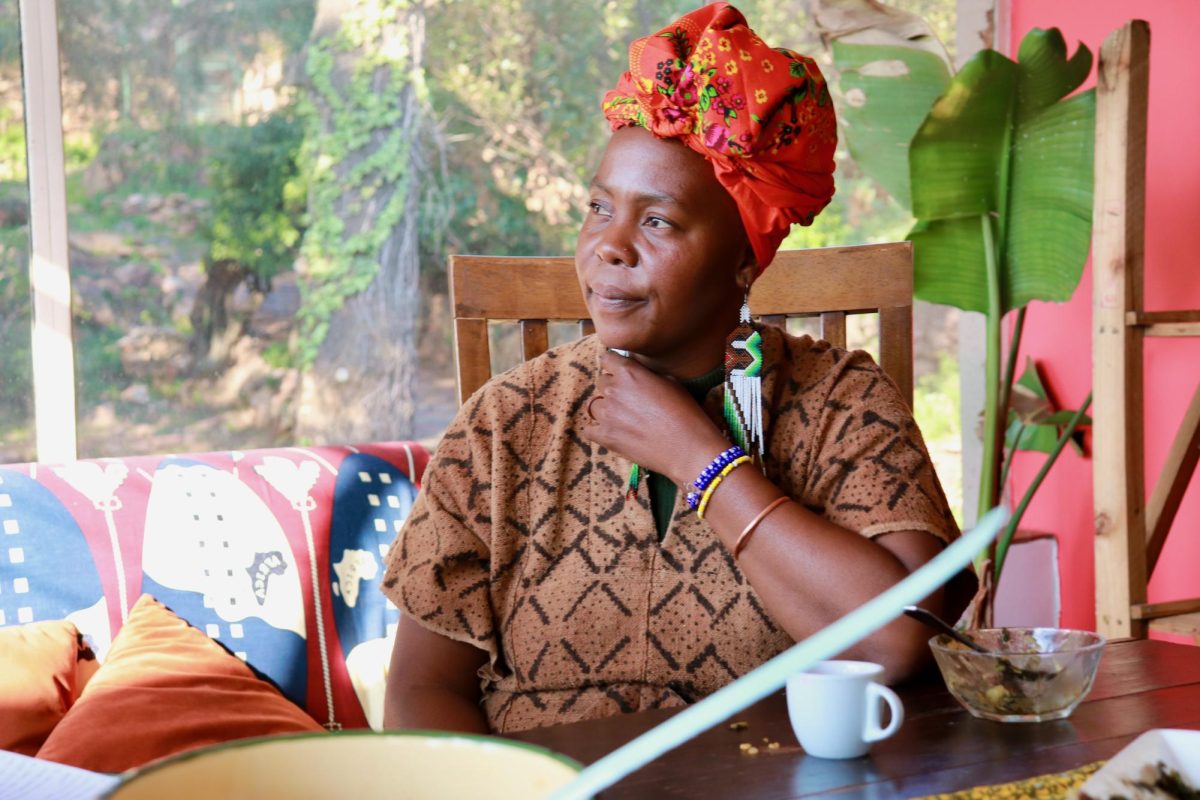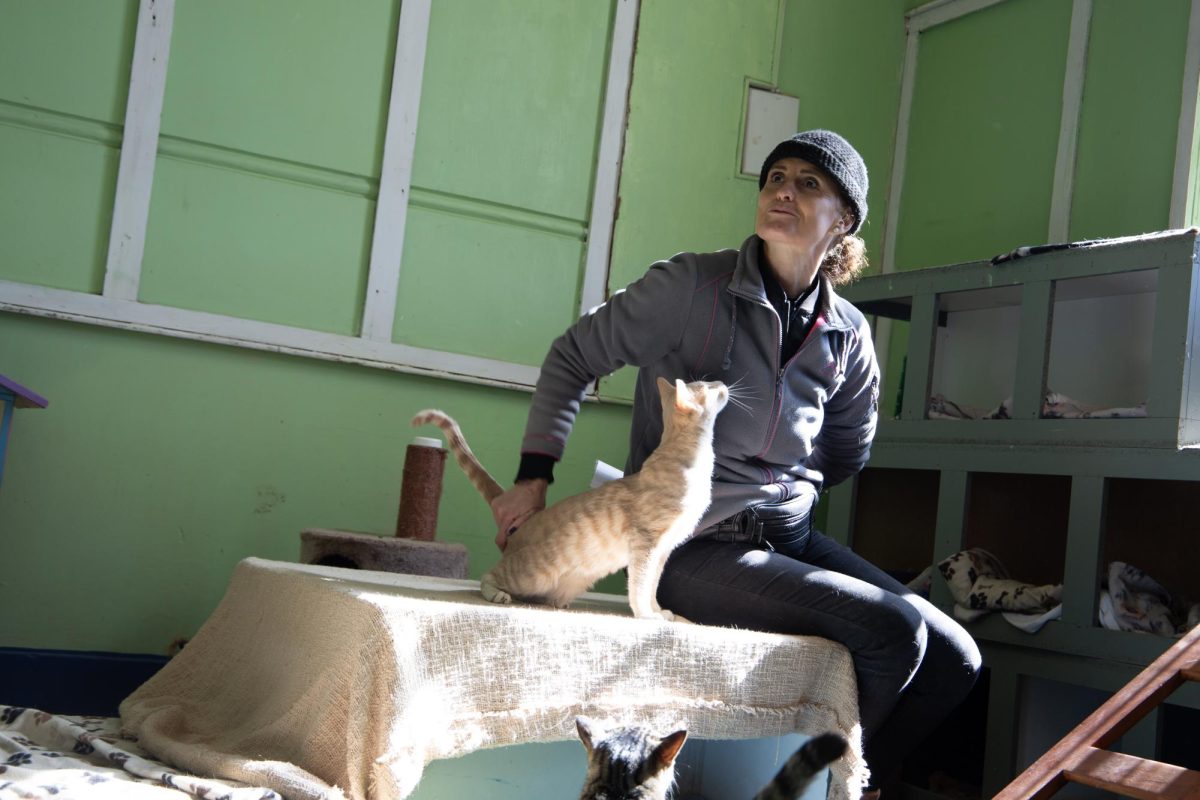Bringing attention to the struggles of Native Women
Oct. 14 marked what some may call Columbus Day. However, I prefer to call it Indigenous Peoples Day, as more people are starting to do.
Calling this date Columbus Day erases the identity and history of millions of Indigenous peoples, and more times than not, Native American women are erased as well.
Native Americans are a demographic that are often ignored or are told to be quiet. I’m sure plenty of Americans would love to keep them down as simply caricatures such as mascots and the friendly welcomers of Pilgrims, but that is not the reality.
It is time America starts to pay for the egregious acts committed against Native Americans. I would like to contribute to this effort by bringing attention to America’s voiceless women: Native and Indigenous women.
My first introduction to the atrocities Native American women face was during high school when I read Mary Brave Bird’s “Lakota Woman.” In her memoir, she chronicles growing up on the Rosebud Indian Reservation, attending a horrifying Catholic missionary school and spending her time as an activist as part of the American Indian Movement. One story stood out in particular to me.
Brave Bird writes of when she gave birth during the siege at Wounded Knee in 1973, where 200 Lakota (Sioux) activists occupied Wounded Knee in protest of the conditions of their reservation. Wounded Knee was also the site of the massacre of Lakota men, women and children by U.S. army soldiers in 1890.
Brave Bird remarks on how she did not want to go to a white hospital because they were forcibly sterilizing Native American women. That cut me deep. It mirrored the struggle of women from my own racial group, and it has stuck in my brain ever since.
Because many Native Americans were forced onto poverty-stricken reservations or into urban areas, they relied on government organizations like the Indian Health Service (IHS).The IHS is responsible for providing “direct medical and public health services to members of federally-recognized Native American Tribes and Alaska Native people.”
Yet, they were instead sterilizing Native women for years. Per one example, according to an article by Jane Lawrence, from the University of Nebraska Press two 15-year-old Native American girls went into an operating room in an IHS hospital in Montana for tonsillectomies, but additionally received tubal ligations, also known as having one’s tubes tied, without their consent.
I was also exposed to the struggles of Native Women in November 2018 when I attended the Ignatian Family Teach-In For Justice in Washington, D.C. with Campus Ministry. While at the conference, I went to a seminar led by young Lakota women, one of three Sioux tribes of Plains.
The women were visiting from Red Cloud Indian School in South Dakota and came to speak about the alarming rate at which Native and Indigenous women are murdered or go missing in North America (including Canada). Hearing facts like “more than 40 Native women have been reported missing or murdered along the ‘Highway of Tears’ in British Columbia, Canada” really struck a chord with me. I told myself I would find a way to bring more attention to the plight of these women and girls.
Many Native women have to work off their impoverished reservations and due to lack of transportation (either private or public), many women are forced to hitchhike which is very dangerous. Coming home late at night or going to work late at night on dark roads while hitchhiking is dangerous. This leads Native American women to be murdered and trafficked at higher rates than women of other ethnic groups.

According to the Urban Indian Health Institute, around 5,712 Native women and girls were reported missing in 2016, but only 116 were logged by the U.S. Department of Justice’s federal missing persons database.
Also, for the last 35 years until more recent changes to the law were made, the United States legal system structure was purposely incongruent when paired with operations of the Native nations’ legal systems. Thus, domestic violence and rape cases often are ignored.
According to the Indian Law Resource centers “Ending Violence Against Native Women” proposal, “Indian nations were unable to prosecute non-Indians, who reportedly commit the vast majority (96%) of sexual violence against Native women.”
Moreover, “The Census Bureau reports that non-Native Americans now comprise 76% of the population on tribal lands and 68% of the population in Alaska Native villages.” Many Native women have married non-Native spouses.
According to the Indian Law Resource centers “Ending Violence Against Native Women” proposal, “Indian nations were unable to prosecute non-Indians, who reportedly commit the vast majority (96%) of sexual violence against Native women.”
These women rarely see their abusers brought to justice because the racially biased jurisdictional model of the U.S. deprives Native nations of the ability to protect their Native women. In fact, only 13% of sexual assaults reported by Native women result in arrest.
There are clear human rights violations against Native American women, and these injustices should be treated as such. These women deserve a voice. I believe it is my duty as well as the duty of women of equal standing as me and above me to help raise these women up and bring attention to their struggles.
In the words of Audre Lorde, “I am not free while any woman is unfree, even when her shackles are very different from my own.”












